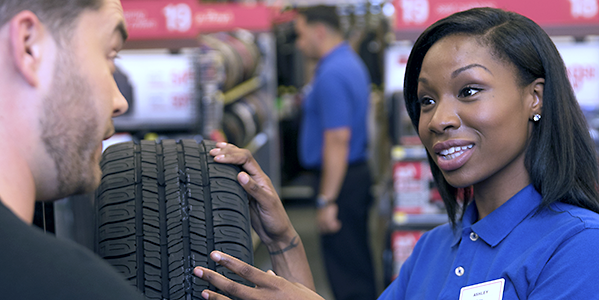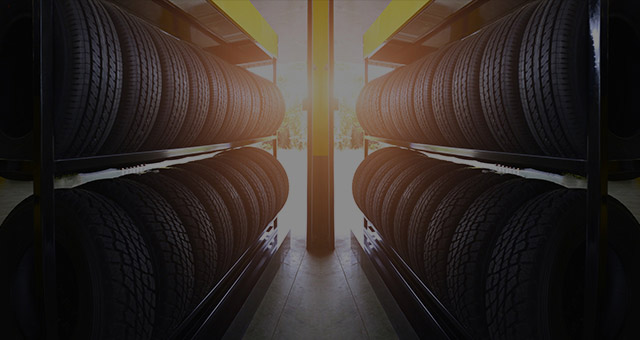Morris Tire and Alignment: Your Trusted Resource for Reliable Service
Morris Tire and Alignment: Your Trusted Resource for Reliable Service
Blog Article
Tire Solution: Recognizing Tire Pressure Surveillance Solutions
Understanding Tire Pressure Tracking Systems (TPMS) is an essential facet of maintaining ideal lorry performance and safety and security on the road. With innovations in vehicle modern technology, TPMS has become a typical attribute in modern lorries, offering real-time information on tire stress degrees. Digging deeper into the complexities of TPMS, one can uncover the various components that compose this system and the importance of each in ensuring accurate tracking. From straight to indirect TPMS systems, the landscape of tire pressure tracking is diverse, each with its unique set of factors to consider and advantages. Keep tuned to unravel the complexities of TPMS, from maintenance ideas to the obvious benefits of maintaining your tires properly pumped up. tire shop morris.

Importance of TPMS
The relevance of Tire Stress Surveillance Equipments (TPMS) depends on their capability to improve automobile security and efficiency via real-time surveillance of tire pressure levels. Maintaining the proper tire stress is vital for making certain optimal handling, stopping, and total safety and security of a vehicle. TPMS provides drivers with immediate feedback on any overinflated or underinflated tires, permitting prompt changes to be made.
Parts of TPMS
Consisting of various crucial components, a Tire Pressure Tracking System (TPMS) functions as a sophisticated safety and security function in modern cars. The main parts of a TPMS include sensing units, a control module, and a warning sign. Sensing units are typically located in the tire valve stem or affixed to the wheel assembly, where they measure tire pressure and transfer information to the control component. The control module processes this details and activates a warning if it identifies significantly low stress in any of the tires. The caution sign, typically a symbol on the dashboard, signals the driver to check the afflicted tire or tires. Some progressed TPMS versions additionally present the real tire stress analyses for every tire, supplying motorists with real-time info to make sure ideal tire performance and safety. By keeping track of tire pressure continuously, TPMS helps prevent accidents, decreases tire wear, and enhances fuel effectiveness, making it a critical component for car security and efficiency.
Types of TPMS

On the various other hand, indirect TPMS relies on the automobile's wheel rate sensors to check tire pressure. This system discovers underinflation by contrasting the rotational rates of the wheels. Indirect TPMS is less pricey than straight TPMS, as it makes use of existing sensing units within the vehicle.
While direct TPMS provides a lot more precise analyses, indirect TPMS is easier in layout and generally needs less maintenance. Both systems have their benefits and constraints, and the option in between them often depends on elements such as expense, vehicle make, and personal choice. Understanding the differences in between these two kinds of TPMS can help lorry proprietors make educated decisions relating to tire upkeep and safety.
TPMS Upkeep Tips
Conduct regular checks on the tire pressure degrees and compare them with the TPMS readings to guarantee they are constant. weblink Throughout tire rotation or replacement, make sure that the TPMS components are handled very carefully to prevent any possible damage. If the TPMS cautioning light illuminates on the control panel, resolve the problem quickly by checking the tire pressures and the total system for any type of faults.
Benefits of Appropriate Tire Stress
Maintaining proper tire pressure, as emphasized in TPMS Upkeep Tips, is vital for gaining the many advantages associated with ideal tire pressure levels. Additionally, appropriate tire pressure makes sure even tire wear, extending the life expectancy of the tires and promoting safer driving conditions. In final thought, the advantages of proper tire stress go beyond just tire long life; they include boosted gas efficiency, improved safety and security, far better automobile performance, and general driving comfort.
Final Thought
To conclude, comprehending tire pressure monitoring systems (TPMS) is important for keeping optimal tire pressure and making certain lorry safety. By identifying the relevance of TPMS, being familiar with its elements, understanding the various types readily available, adhering to appropriate maintenance pointers, and understanding the advantages of keeping appropriate tire pressure, drivers can boost their driving experience and extend the lifespan of their tires. Appropriate tire pressure is crucial to reliable and risk-free automobile procedure.

Report this page